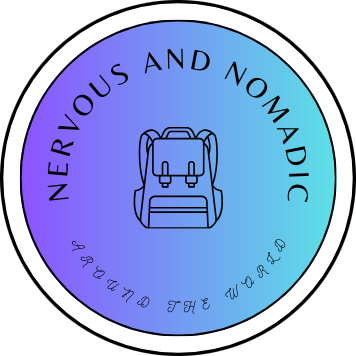Travel Facts
Hawaii Facts
- 'Iolani Palace had electricity both before the White house and Buckingham palace. When the King of Hawaii visited both places on a world tour, he dined with them in a much darker environment, which was odd for the King of Hawaii.
- The Hawaiian language, once nearly extinct due to U.S. suppression, has seen a cultural revival in recent decades through immersion schools and public signage.
- Tourism is the largest industry in Hawaiʻi, but it also places heavy strain on local resources like water, housing, and food systems — over 80% of Hawaiʻi’s food is imported
- Oʻahu is home to about two-thirds of Hawaiʻi’s population and contains Honolulu, the state capital, as well as Pearl Harbor and Waikīkī Beach.
- Despite its popularity, Waikīkī is a man-made beach — regular sand replenishment is required to keep it from disappearing due to erosion.
- “Niʻihau is known as the 'Forbidden Island' due to its restricted access. Purchased by the Sinclair family in 1864, it has remained privately owned and intentionally isolated. The residents — most of whom are Native Hawaiian — live largely off the land, and the Hawaiian language is still spoken as part of daily life. The island is closed to the general public to preserve its traditional lifestyle and culture.
- Niʻihau briefly entered the spotlight during World War II after the attack on Pearl Harbor, when a Japanese pilot crash-landed on the island. The incident, known as the 'Niʻihau Incident,' involved the pilot being sheltered by local Japanese residents before a struggle broke out. The event influenced U.S. perceptions of Japanese-American loyalty and was later cited in support of internment policies
Japan Facts
- The main purpose of the "chomage", the famous haircut adorn by samurai, was to act as a cushion for their heavy helmets.
- Vending Machines really are everywhere, selling almost anything you can imagine, from soft drinks, to cigarettes and alcohol, to hot soups, and more.
- Osaka Castle looks ancient, but the current structure is a 20th-century concrete rebuild with an elevator inside — still beautiful, but not the samurai fantasy people expect.
- Tokyo trains are so punctual that if one’s late by a minute, the conductor apologizes. If it’s five minutes late, you might get a ‘late note’ for work.
- Japan is made up of over 6,800 islands, but nearly all of the population lives on the four main ones: Honshu, Hokkaido, Kyushu, and Shikoku.
- Japan has one of the highest life expectancies in the world, with an average of over 84 years — due in part to diet, healthcare access, and social factors.
- Tokyo is the most populous metropolitan area in the world, with over 40 million people living in the greater metro region.
- The city was known as Edo until 1868, when the imperial capital was moved there and the name was changed to Tokyo, meaning ‘Eastern Capital.
- When you go out and about, bring a plastic bag with you to collect your trash as public trash cans are sparse due to Japan’s strict waste removal system. It is expected that tourists bring their trash back to their accommodations to dispose of properly.
Vietnam Facts
- Hanoi is over 1,000 years old and has been the capital of Vietnam for most of its recorded history.
- Despite signs and headlines claiming it’s closed to tourists, Hanoi’s Train Street is wide open — we just walked right in, no secret alley needed.
- Ho Chi Minh has more motorbikes than people — estimates range from 7 to 8 million bikes in a city of 9 million, making crossing the street both an art and a rite of passage.
- Though officially named Ho Chi Minh City, locals still commonly call it Saigon, especially in the southern districts — the two names are often used interchangeably in everyday speech.
- Steamed cassava (also known as tapioca) was a luxury staple food of the Viet Cong.
- Despite being closer to Cambodia than mainland Vietnam, Phu Quoc is part of Vietnam and even offers visa-free entry for 30 days if you're flying directly to the island — separate from Vietnam’s general visa rules.
Thailand Facts
- Thailand is the only Southeast Asian country that was never colonized by a European power.
- 93.4% of the population practices Theravada Buddhism (which translates to “teachings of the elders").
- Theravada Monks cannot ask for food, and can only eat what is given to them by the local population before noon. The strictest Monks do not handle or even touch money.
- In Theravada Buddhism, tattoos are not allowed and neither is extreme exercise as the human body is believed to be deserving of care. Both tattoos and extreme exercise are seen as unnecessary suffering to the physical body, which they try to avoid. Along the same lines, Theravada monks believe Buddha tattoos are disrespectful as the body is also seen as impure - too impure for the Buddha.
- Thailand enforces one of the strictest lèse-majestè laws in the world. For example, in 2011, an American citizen, Joe Gordon, was sentenced under this law while visiting for translating and posting parts of a banned biography of the king - actions he carried out while living in the United States.
- Due to legal reforms in 2018, cannabis dispensaries have become very common in Thailand, especially in major cities and tourist areas, despite recreational use remaining technically restricted under the law.
